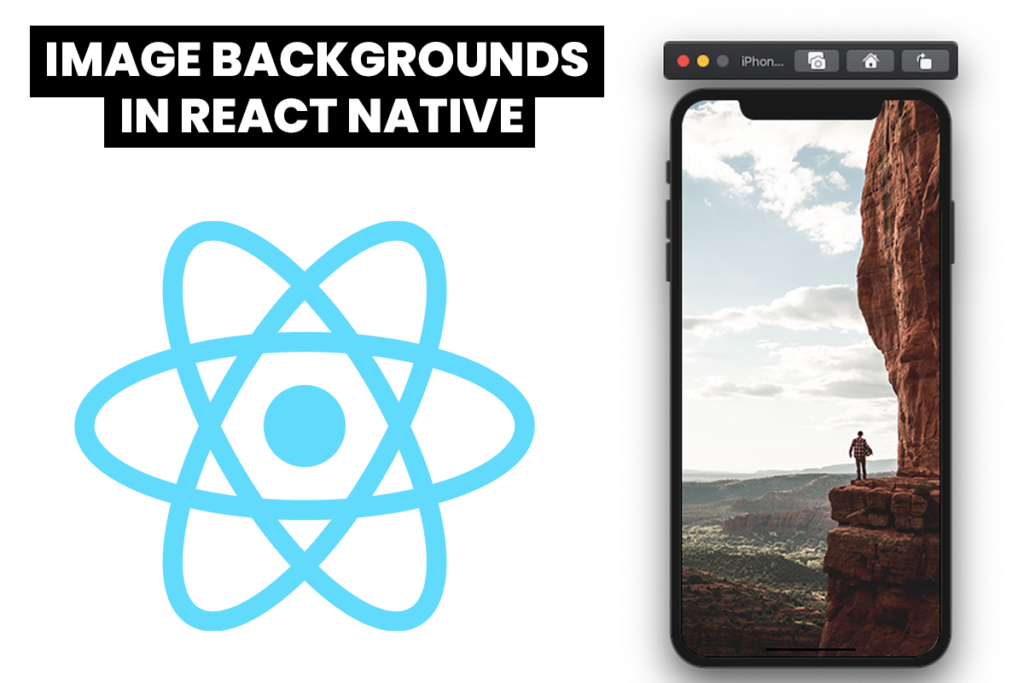
Índice De Conteúdo
Introduction
Incorporating visually appealing backgrounds can significantly enhance the user experience of your mobile application. React Native offers various methods to manage image backgrounds, and using local file paths is a straightforward and efficient approach. This comprehensive guide will walk you through everything you need to know about using local file paths for image backgrounds in React Native, from basic setup to advanced techniques.
What You Will Learn:
- Why use local file paths for image backgrounds?
- How to set up local file paths for images in React Native
- Best practices for optimizing image performance
- Advanced techniques and troubleshooting tips
- Real-world examples and case studies
Why Use Local File Paths for Image Backgrounds?
Using local file paths for image backgrounds in React Native offers several advantages. Here’s why you should consider this approach:
Key Benefits:
- Performance: Loading images from local storage is faster compared to fetching them from remote servers, leading to quicker render times.
- Offline Availability: Local images are available even when the user is offline, ensuring a consistent user experience.
- Reliability: Local file paths eliminate dependencies on network conditions, reducing the risk of images failing to load.
- Ease of Use: Managing local images is straightforward and simplifies the development process, especially for static assets.
Setting Up Local File Paths for Images in React Native
Step-by-Step Guide
- Create Your React Native Project:
- First, ensure you have Node.js and React Native CLI installed. If not, you can install them from Node.js and React Native CLI.
Organize Your Image Files:
npx react-native init ImageBackgroundApp
cd ImageBackgroundApp 2. Place your image files in a directory within your project, such as assets/images.
mkdir -p assets/images3. Import and Use Image in Your Component:
Use the ImageBackground component from React Native to set an image as the background.
import React from 'react';
import { StyleSheet, ImageBackground, Text, View } from 'react-native';
const App = () => {
return (
<View style={styles.container}>
<ImageBackground
source={require('./assets/images/background.jpg')}
style={styles.backgroundImage}
>
<Text style={styles.text}>Hello, World!</Text>
</ImageBackground>
</View>
);
};
const styles = StyleSheet.create({
container: {
flex: 1,
},
backgroundImage: {
flex: 1,
resizeMode: 'cover', // or 'contain'
justifyContent: 'center',
},
text: {
color: 'white',
fontSize: 30,
fontWeight: 'bold',
textAlign: 'center',
},
});
export default App;
Key Points:
- Import the Image: Use
require()to import your local image. - Style the Image: Use the
ImageBackgroundcomponent and style it appropriately. - Adjust Resize Mode:
resizeModeproperty can be set tocover,contain,stretch,center, orrepeatdepending on your design requirements.
Best Practices for Optimizing Image Performance
Image Optimization Techniques
- Optimize Image Size:
- Use image editing tools to reduce the size of your images without compromising quality. Tools like TinyPNG or ImageOptim can be very helpful.
- Choose the Right Format:
- Use appropriate image formats. For instance, use PNG for images with transparency and JPEG for high-resolution photos with gradients.
- Use Different Resolutions:
- Provide images in multiple resolutions to accommodate different device screen densities (e.g.,
@2x,@3xfor iOS andmdpi,hdpi,xhdpi,xxhdpi,xxxhdpifor Android).
- Provide images in multiple resolutions to accommodate different device screen densities (e.g.,
- Lazy Loading:
- Load images as needed rather than all at once to conserve memory and improve initial load times.
Code Example for Different Resolutions:
const backgroundImage = require('./assets/images/[email protected]');
<ImageBackground
source={backgroundImage}
style={styles.backgroundImage}
>
<Text style={styles.text}>Hello, World!</Text>
</ImageBackground>Advanced Techniques and Troubleshooting Tips
Handling Different Screen Sizes
To ensure your background images look great on all devices, use responsive design techniques. Use percentages and aspect ratios to maintain image proportions.
const styles = StyleSheet.create({
backgroundImage: {
flex: 1,
width: '100%',
height: '100%',
justifyContent: 'center',
},
});Using React Native Fast Image
For more advanced image handling, consider using the react-native-fast-image library, which offers better performance and caching capabilities.
Install Fast Image:
npm install react-native-fast-image2. Use Fast Image:
import FastImage from 'react-native-fast-image';
<FastImage
style={styles.backgroundImage}
source={{
uri: 'local-file-path',
priority: FastImage.priority.high,
}}
resizeMode={FastImage.resizeMode.cover}
>
<Text style={styles.text}>Hello, World!</Text>
</FastImage>Debugging Image Issues
If your images are not displaying correctly, check the following:
- File Path: Ensure the file path is correct.
- File Existence: Verify that the image file exists in the specified location.
- Cache Issues: Clear the cache to ensure the latest images are loaded.
Real-World Examples and Case Studies
Case Study 1: E-commerce App
An e-commerce app used local file paths for product images to ensure fast loading times. By optimizing images and using multiple resolutions, they provided a seamless shopping experience, even on slower networks.
Case Study 2: Social Media App
A social media app faced performance issues with remote images. Switching to local file paths for static assets like logos and icons improved performance and reliability, leading to higher user satisfaction.
Case Study 3: Educational App
An educational app used local images for course backgrounds and illustrations. By organizing images efficiently and optimizing file sizes, they maintained a responsive and engaging learning environment.
Conclusion
Using local file paths for image backgrounds in React Native is a powerful technique to enhance app performance and user experience. By following the setup steps, best practices, and advanced techniques outlined in this guide, you can ensure your images load quickly and look great on all devices. Remember to optimize your images, handle different resolutions, and troubleshoot common issues to maintain a high-performing app.
Additional Resources
Image Optimization Tools: TinyPNG, ImageOptim
React Native Documentation: React Native Docs
React Native Image Background Component: ImageBackground
React Native Fast Image Library: react-native-fast-image

